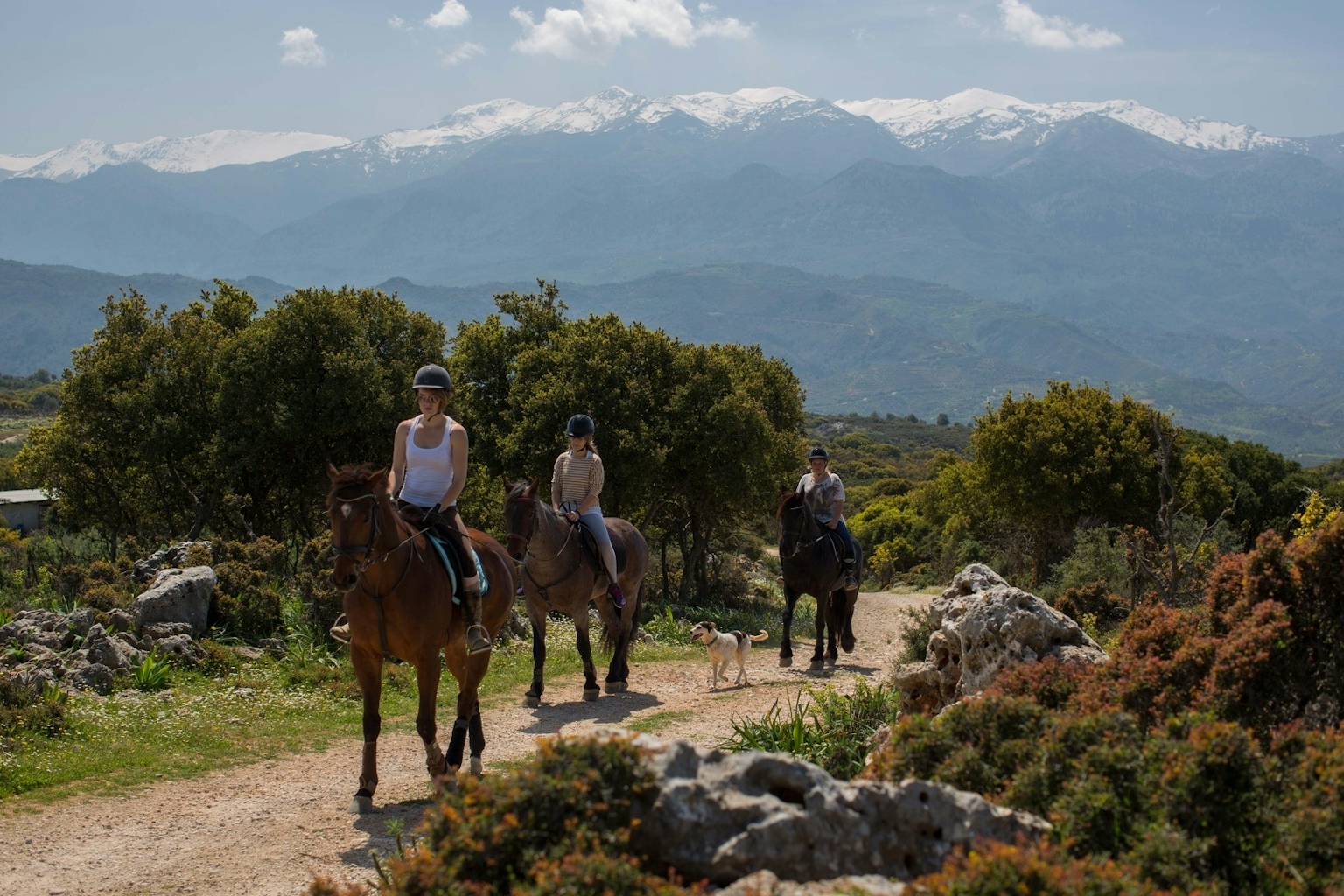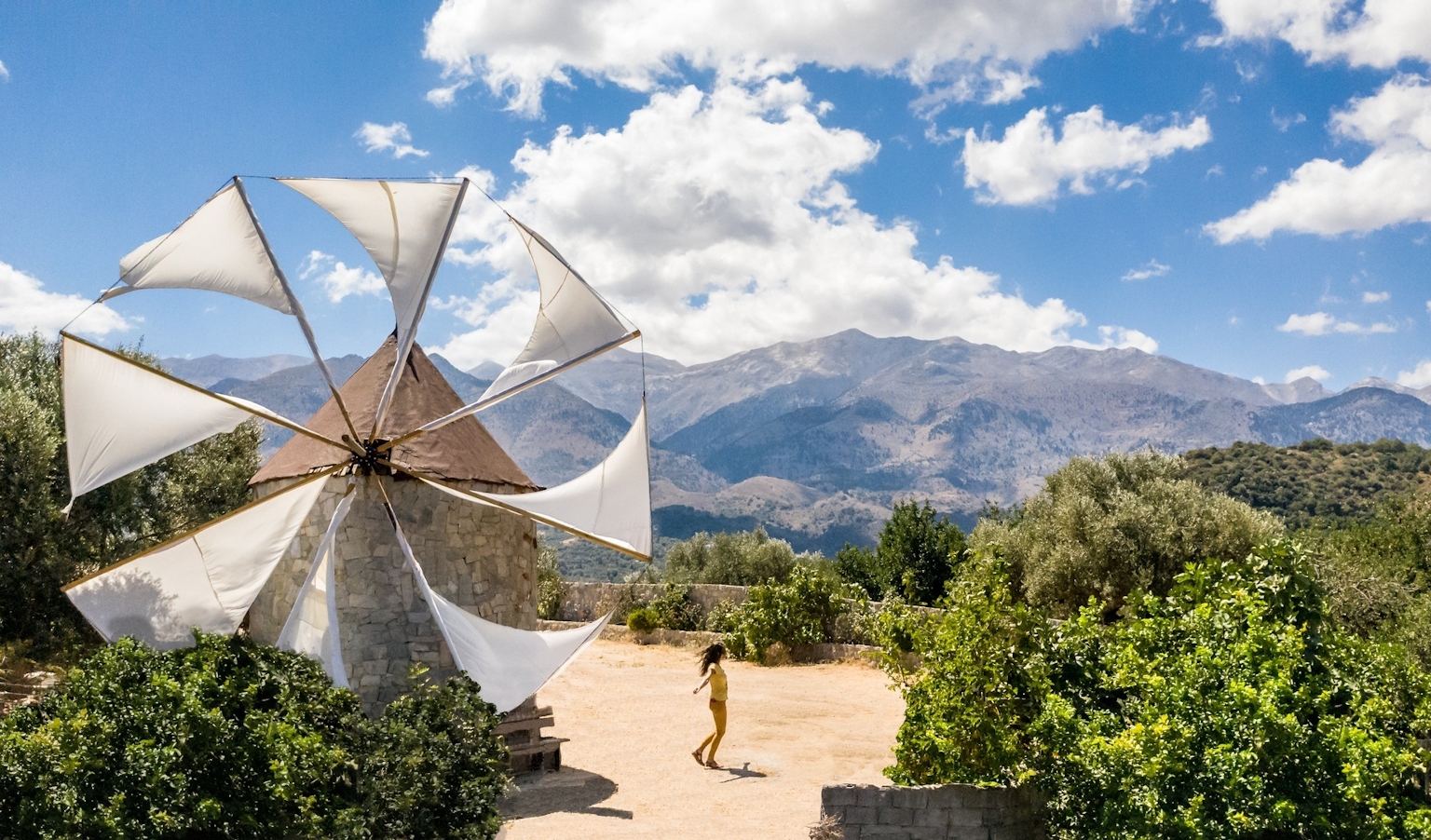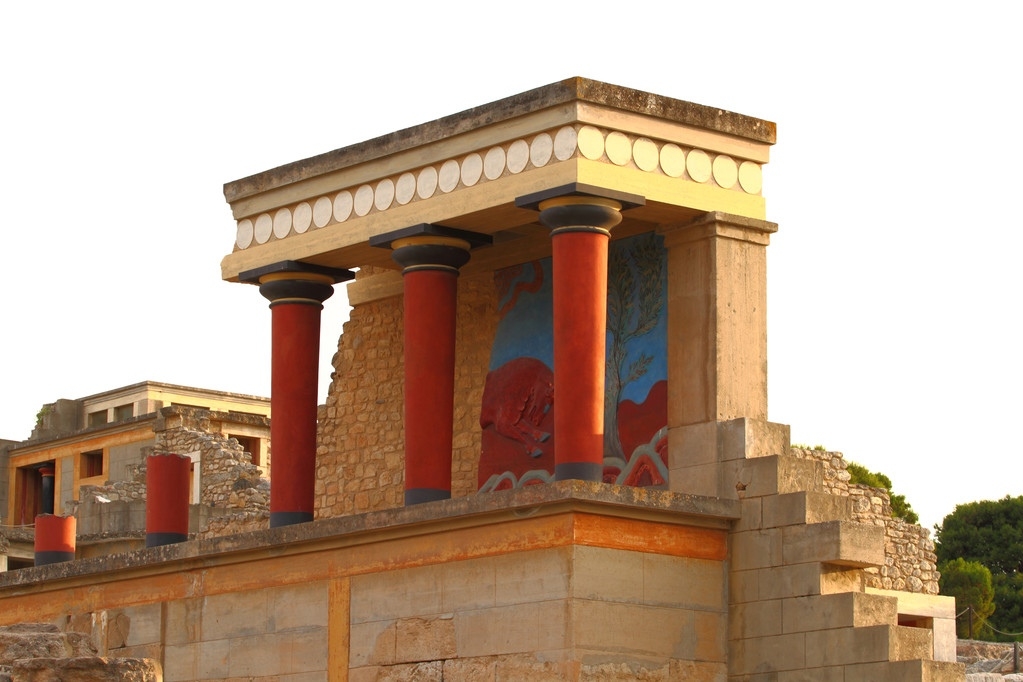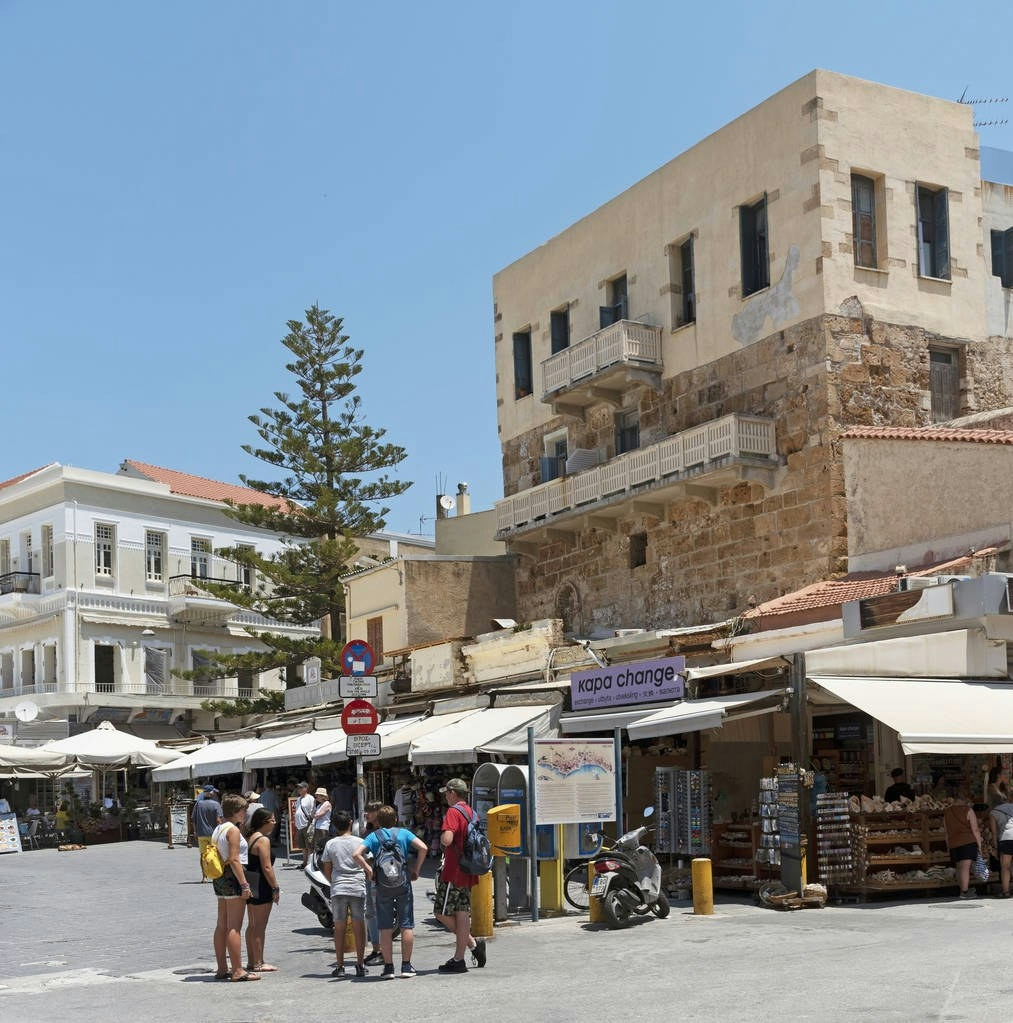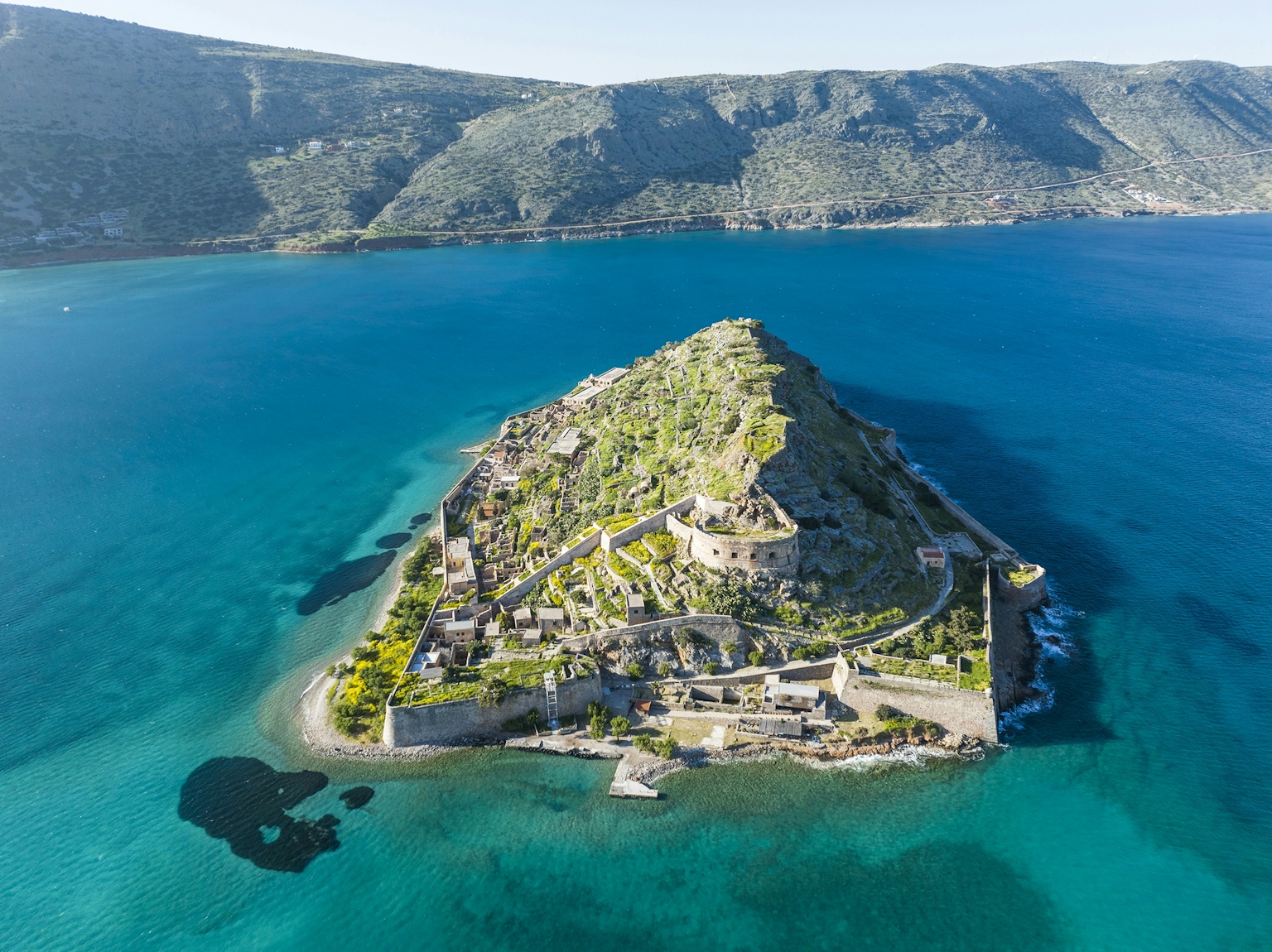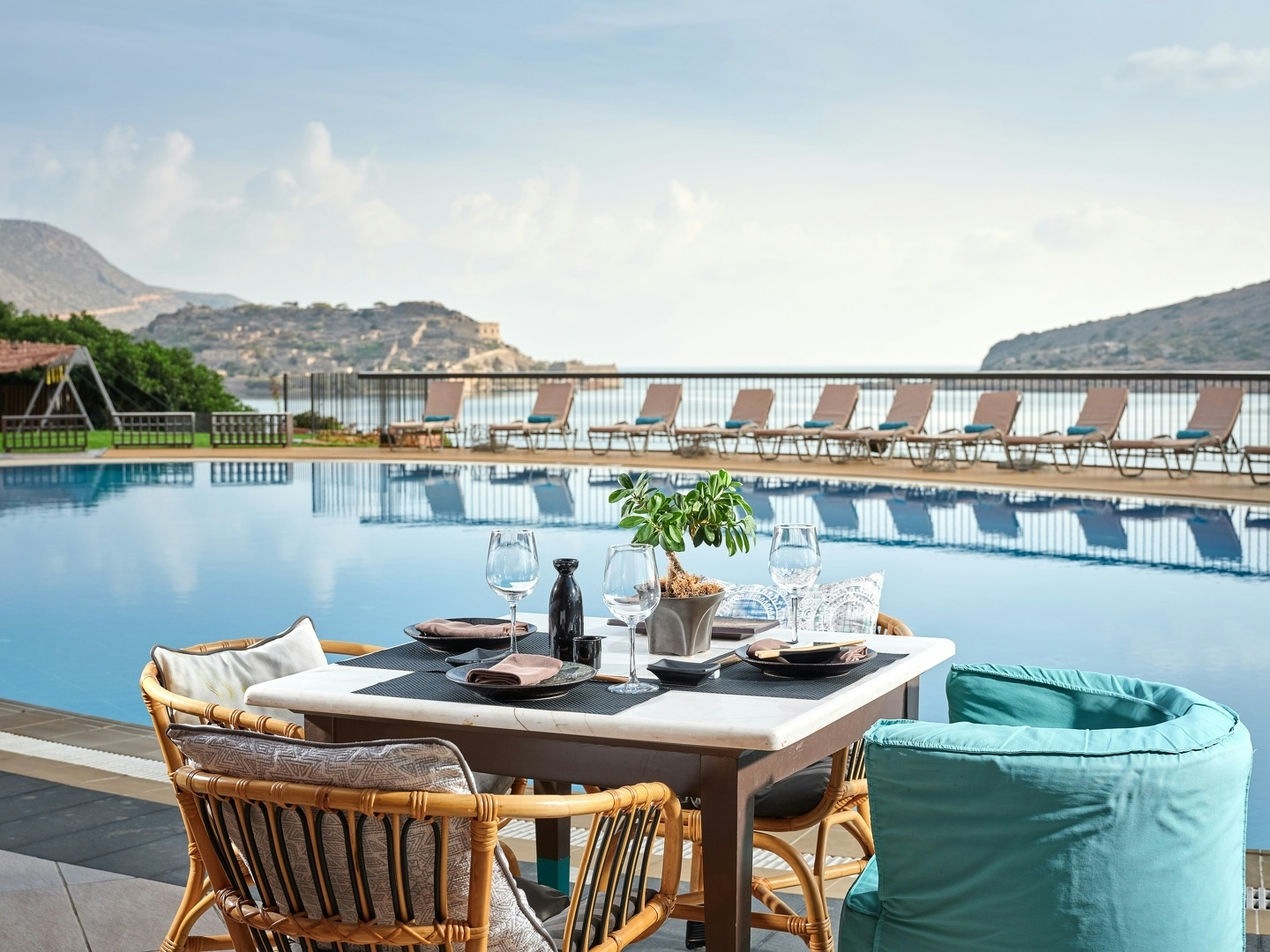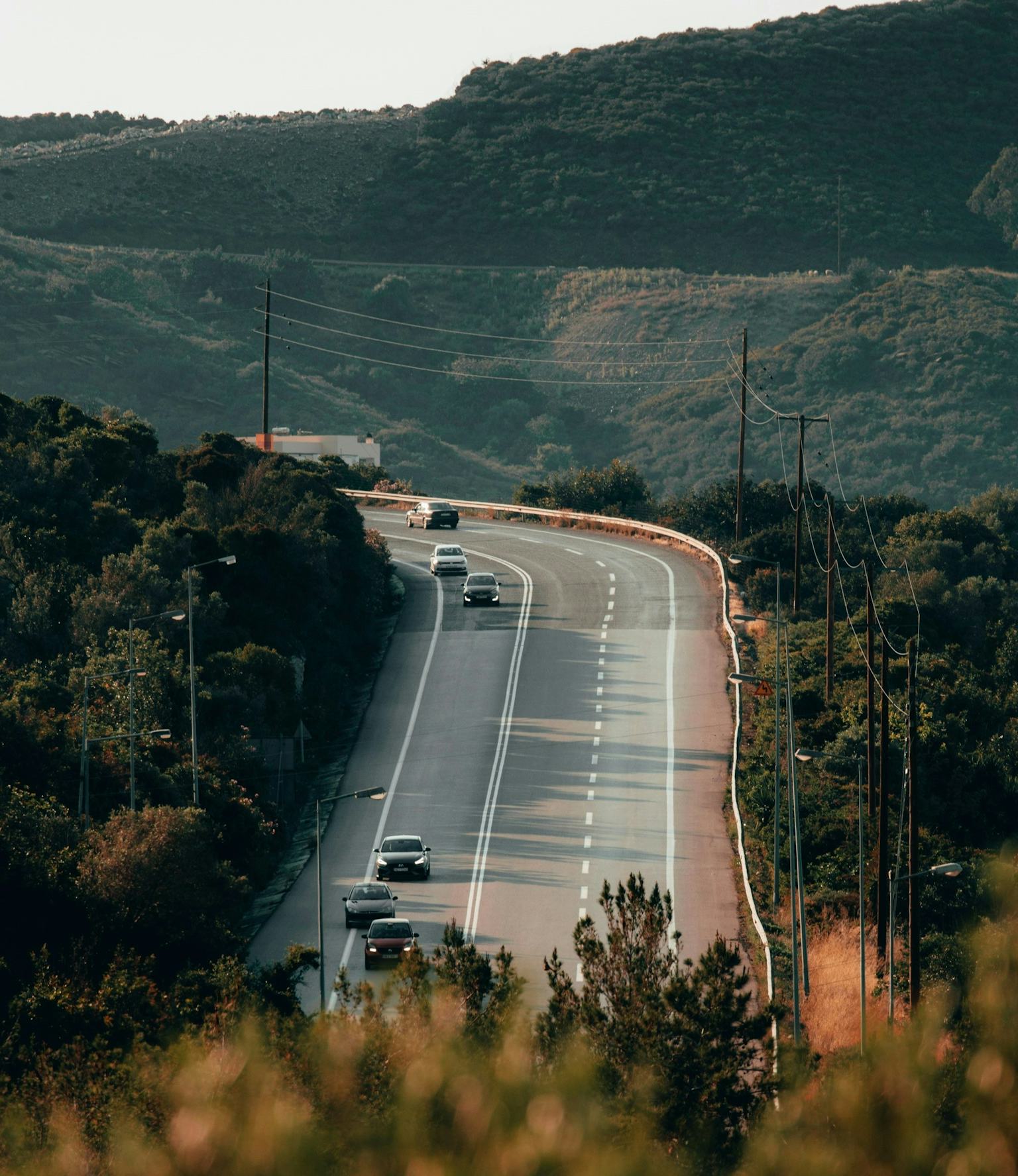
For visitors, one of the most challenging decisions is selecting from countless options of where to go and what to see; each twist and turn feels like a different destination, yet you're still on the same captivating island.
In your holiday this year, you can look forward to gathering memories in the form of images, scents, and countless experiences. Alongside the unforgettable landscapes, you'll also encounter the renowned hospitality of the Cretans, and it's highly recommended to take a break and enjoy a refreshing stop at a traditional café. Moreover, you'll likely have the chance to hear the Cretan dialect, savour delightful local dishes, and if you're fortunate, someone may even recite a mantinada (a traditional form of Cretan folk poetry and song) for you!
While there are numerous online publications that may appear alarming to prospective visitors about driving in Greece, there's generally no reason to be concerned for a vigilant driver. Greek tourists are required to possess a valid driving licence, and for foreigners, it is advisable to obtain an international driving permit for added safety and convenience.
Photo: By helar Via create.vista
Getting around with a rented vehicle in Greece is incredibly convenient. Visitors have the choice of renting cars or motorcycles from various companies, including chain branches and local businesses. For added convenience, it's advisable for visitors to make advance reservations online using a credit card. However, upon arrival, you can also select your preferred vehicle either at Heraklion airport or from numerous locations within the city. When it comes to refuelling, the process is hassle-free as the island boasts petrol stations in the city, inland, and along the A90 (motorway). Almost all of these petrol stations accept credit cards, making transactions more accessible. In major cities like Heraklion, Chania, Rethimno, and Agios Nikolaos, as well as on the new motorway, you'll always find at least one petrol station open 24 hours a day, including Sundays, ensuring that you won't face any fuel-related inconveniences during your stay.
The road conditions in Greece, particularly along the A90 (Northern Road Axis) and within city streets, are generally well-maintained, although occasional construction work may be in progress. Inland areas offer a diverse range of road conditions, including narrow alleys, unpaved but accessible roads, and paved streets that allow vehicle access. Navigating these varied terrains can be an adventurous experience, aided by GPS and the friendly assistance of passers-by. It's crucial to exercise caution and drive sensibly everywhere, as this can prevent accidents on narrow roads or in unexpected situations. Unexpected occurrences such as vehicles appearing from obscured roads, drivers making turns without signalling, or vehicles encroaching into the opposite lane due to parked cars are not uncommon. Adhering to speed limits is essential, as the island employs speed cameras along the A90 (motorway) and other locations, which capture images of violators. Some areas have clear signage indicating speed limit enforcement, while others may not. Despite being an island, distances in Crete are not negligible. The A90 serves as a major east-west motorway, connecting the westernmost city and port of Kissamos to the easternmost one in Sitia. Parking is permitted where indicated by road signs along city and town streets, but fines for violations can be quite steep. Private parking facilities are available when needed.
The motorway has no tolls and extends to the northern part of Crete from the West (from Kastelli, Kissamos) to the East (Sitia) connecting all major cities: Chania, Rethimno, Heraklion and Agios Nikolaos. It has multiple lanes per stream and is about 330 kilometres long. In places there are parking spaces.
The old motorway is a road worth experiencing. It offers a single lane for each direction of traffic, yet it provides the chance to enjoy splendid views from either the seaside or the hills, all while allowing you to explore the charming villages and quaint towns of Crete.
The secondary road network comprises routes that enable travellers to delve deep into the heartland of Crete, allowing them to immerse themselves in its culture and marvel at enchanting landscapes. These roads are often narrow and occasionally feature sharp bends, adding to the adventure of the journey.
- 50 km/h: Applies in cities and residential areas (often further reduced in specific areas).
- 80 km/h: Enforced outside of cities (commonly reduced in certain zones).
- 90 km/h: Applicable on the motorway, though it may vary (ranging from 100 km/h to less than 80 km/h in some sections).

- Chania to Rethimno: 70 km, approximately 50 minutes to 1 hour by road.
Chania to its southern coast cities and beaches: 70-80 km, taking about 1 hour and 30 minutes to 2 hours for the trip.
- Rethimno to Heraklion: 80 km, around 1 hour to 1 hour and 15 minutes by road.
Rethimno to its southern coast towns and beaches: 40 - 50 km, with travel times of about 30 minutes to 45 minutes.
- Heraklion to Agios Nikolaos: 70 km, taking approximately 1 hour to 1 hour and 10 minutes by road.
Heraklion to its southern coast cities and beaches: 65 - 85 km, requiring about 1 hour and 30 minutes to 2 hours for the journey.
- Agios Nikolaos to Sitia: 75 km, about a 1 hour and 30 minutes road trip.
Agios Nikolaos to its southern coast towns and beaches: 30 - 40 km, taking around 30 minutes to 45 minutes for the trip.
Emergency numbers
Police: 100
Ambulance: 166
Fire Department: 199
Photo: By MartinLisner Via create.vista
